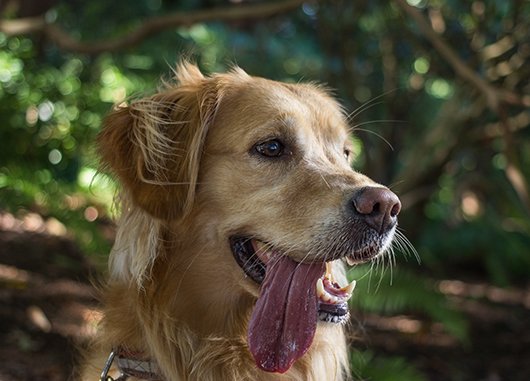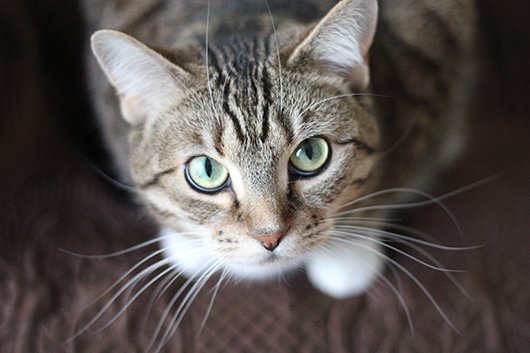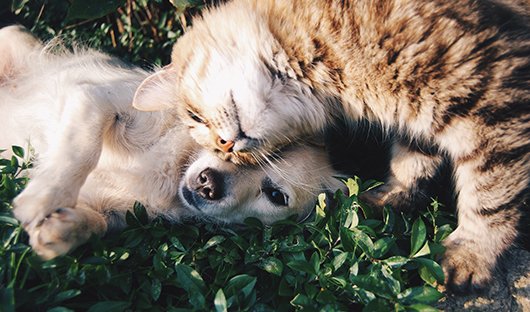It’s February, which means it’s also National Pet Dental Health Month! If you’re wondering why the awareness campaign lasts for a whole month, it’s because periodontal disease is the most commonly diagnosed disease in dogs and cats. Veterinary dentists will tell you, 80% of dogs and 70% of cats over the age of two have some form of periodontal disease.
That number may seem awfully high, but unfortunately it’s also accurate. Plaque and tartar accumulate on our pet’s teeth just like it does on our own, but the vast majority of pet parents don’t brush their companion animal’s teeth twice a day. Or even once a day. (It’s OK to admit it, you’re in good company). By their second birthday, your fur kid is basically fully grown. And far too many of these adults have never had their teeth brushed.
“But his teeth look fine!” you might protest. That very well may be true. However, plaque (the gummy film that forms on a pet’s teeth within hours of eating) isn’t obvious to the naked eye. Over the course of several days it combines with minerals to harden into tartar. Over weeks and months, this tartar builds into a thick brown stain. Often referred to as “yuck mouth”, there are less familiar technical terms for it (such as Stage IV periodontal disease, the worst level). With routine care and attention, you should be able to prevent them from ever experiencing that stage.
Evaluating a pet kid’s teeth and gums begins with a visual inspection. I call it “flip the lip” because you really need to lift that lip up to view the back molars, which is where the really bad buildup occurs. During the visual exam, we check for tartar, any anomalies (like extra or missing teeth), and for gum inflammation. We also check for any unusual masses. Two of my dogs have had oral melanomas, both discovered during routine exams.
Even if you regularly brush their teeth, they will eventually need a full cleaning at the veterinarian. This dental cleaning will often include x-rays of the mouth, a vital component of an oral exam. Bone loss, where the root is diseased below the gum line is more common than many realize.
The concept of “anesthesia-free dentistry” has become very popular over the years, but I would caution you to know its limitations. We anesthetize our fur kids because that is the only way we can be thorough in our examination, clean underneath the gum line where much of the bacteria and plaque reside, and extract teeth if necessary. I have seen many dogs and cats at my clinic just weeks after an anesthesia-free cleaning who are still suffering from significant dental disease. If you do use this option, just know that while it may remove tartar and plaque from the visible surface of the tooth, it does not provide the health benefits that a full cleaning under anesthesia would.
By making just a couple of improvements to your care regimen, you could help to add years to your pet kid’s lifetime.











 RSS Feed
RSS Feed




